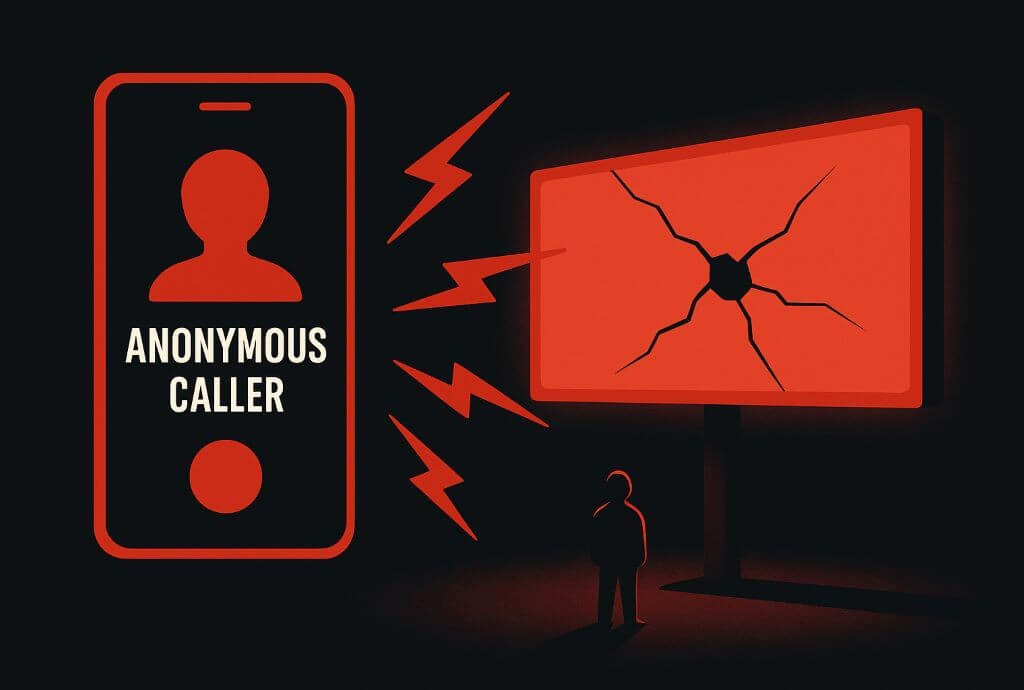In brief:
- New data from Health NZ reveals a sharp rise in chest pain cases in people under 40.
- In 2018, only 111 visits to hospital emergency departments were reported; by 2024, over 29,000 cases are projected.
- This increase started before the pandemic and vaccine rollout, suggesting other factors are involved.
- Ambulance arrivals to emergency departments have not increased significantly, implying self-referred cases.
Revealing data obtained through an OIA from Health NZ
Lobby group Voices For Freedom has shared fascinating new data about heart issues pre- and post-pandemic, in a Health NZ OIA document dump.
The data, requested by Aly Cook, does indeed show an explosion in the number of people under 40 turning up in hospital EDs seeking treatment for chest pain.
In calendar year 2018, only 111 people under 40 visited a hospital emergency department complaining of chest pain. For the first six months of 2024, 14,639 people sought hospital care for chest pain, tracking towards a likely total of more than 29,000 by the end of this year.
That, to save you doing it in your head, is a 26,000% increase which, as Microsoft CoPilot AI remarked when I cross-checked my back of an envelope scribblings, is “Quite a significant jump!”
But while these topline figures are shocking at first glance, they raise questions with more nuanced answers.
For example, chest pain ED visits by under 40s jumped from 111 in 2018 to 2219 in 2019, then doubled to 4406 in 2020, which is close to a 3,900% increase between 1 January 2018 and 31 December 2020.
What’s interesting is that there was absolutely no COVID vaccine causing any of these rising chest pain visits to this point, because no vaccine had been released in NZ yet. But in any medical study, a 3,900% increase would, and should, trigger investigative alarm bells.
What was causing it? COVID had shown up in fewer than 1000 people total, all age groups, by the end of 2020, and the number of under-40s would be a pro rata fraction of that. Additionally, most of those testing positive did so at the border quarantine – they weren’t hospital walk-ins – and everyone walking into hospital was being COVID-tested every which way but loose. So it’s safe to assume that whatever phenomenon was behind the rapidly escalating chest pain wave, it wasn’t COVID or the not yet deployed vaccine.
In 2021, the vaccine began rolling out, although under-40s didn’t become widely eligible until after July, once all the over-60s and frontline workforce had been jabbed. Nonetheless, 2021 saw the number of under-40s complaining of chest pain leap from 4406 in 2020 to 13063 by the end of 2021, the year of the vaccine.
2022, with vaccine uptake rapidly falling in the young as omicron swept through regardless of vax status, logged 21416 hospital ED visits for chest pain.
In 2023, it fell for the first time, dropping to 20005.
Yet, as revealed at the beginning of this article, 14639 chest pain visits by under-40s had been registered between January to June 2024, putting NZ on target for its most chest-painey year in modern times.
Why? What the other new data tells us
Thankfully, Cook asked great OIA questions of Health NZ. Was there a big increase in ambulance arrivals at hospital during this time?
In 2017 there were 445,000 ambulance arrivals at EDs that year, from a population base of 4.8 million according to Stats NZ, giving a crude ratio of 9.3% against population.
In 2020, 434,000 ambulance arrivals were recorded.
In 2021, the Year of the Vaccine, ambulances made 455,000 visits to ED, but from a population base of 5.1 million, giving a ratio of 8.9% against population.
In other words, if the official figures are to be trusted, the number of ambulance visits to ED in 2021 actually dropped slightly in real terms against pre-pandemic years.
In 2023, although 492,000 ambulance arrivals are recorded, that’s off a population base of 5.27 million (Stats NZ), giving a ratio of 9.33%, or basically identical to the per capita ratio of 2017.
The real outlier in ambulance arrivals is shaping up to be 2024, with 291,000 in the year to July, putting us on track to crack 540k-550k by 31 December and effectively corroborating the record chest pain walk-ins this year.
But what did the chest pain turn out to be?
Great question, and again Cook asked it.
The number of people 39 or under treated in public hospitals for acute pericarditis in the year to June 2017 was 93 (ratio of 0.0019% population), and in the year to June 2021 it was 92, despite a big population jump from 4.8 million to 5.1 million.
In the year to June 2022, 102 people were treated for acute pericarditis (0.002% popn), despite roughly eight million vax doses over that time.
As to myocarditis in the 39 or younger bracket, in the year to June 2018, pre-pandemic, hospitals treated 53 cases of acute myocarditis (ie, serious and potentially permanent. No figures were sought or provided on mild myocarditis).
In the year to June 2021, 47 cases of acute myocarditis were listed, while in the year to June 2022 covering almost the entire vaccine rollout, only 34 cases of acute myocarditis were treated in hospital.
On a per capita basis, that’s fewer than 0.0011% for 2018, 0.0009% for 2021 and fewer than 0.00068% in 2022.
In other words, if the figures are accurate, the rate of acute myocarditis actually dropped in real terms after vaccination. Again, no figures were sought or provided on mild myocarditis over this time.
Myocarditis is up slightly to 64 cases in the 12 months to June 2024, or 0.0012% of the population compared to 0.0011% in 2018.What does all this mean?
It means that NZ’s skyrocketing chest pain epidemic in the under 40s, with an upward trajectory of a 26000% increase over just seven years, and heading towards 29,000 cases this year, is statistically unrelated to serious myocarditis and pericarditis, which have essentially stayed static over the same time period.
There’s been no big increase in ambulance arrivals to hospital EDs, either – the chest pain epidemic appears mostly to be people who’ve taken themselves to hospital.
Additionally, the increase began a year before COVID and two years before the vaccine, albeit there was a continued significant increase after COVID and the vaccine made the scene. The evidence raises more questions than answers in our view.
The worried well? Faulty stats? Or is there something else causing chest pain that is not heart inflammation?
We will attempt to find out.
Correction: In the original version of this article, we had incorrectly attributed the OIA to Voices For Freedom. We were mistaken as the OIA was, in fact, requested by researcher Aly Cook. We regret the error and thank Ms Cook for her efforts.



















